In a dramatic unveiling that has left the public and critics buzzing, King Charles III revealed his first official portrait since ascending to the throne, and reactions have been anything but tepid. As debates rage on social media and in art circles, it is clear that King Charles’ portrait is destined to be one of the most talked-about royal artworks in recent history.
The unveiling
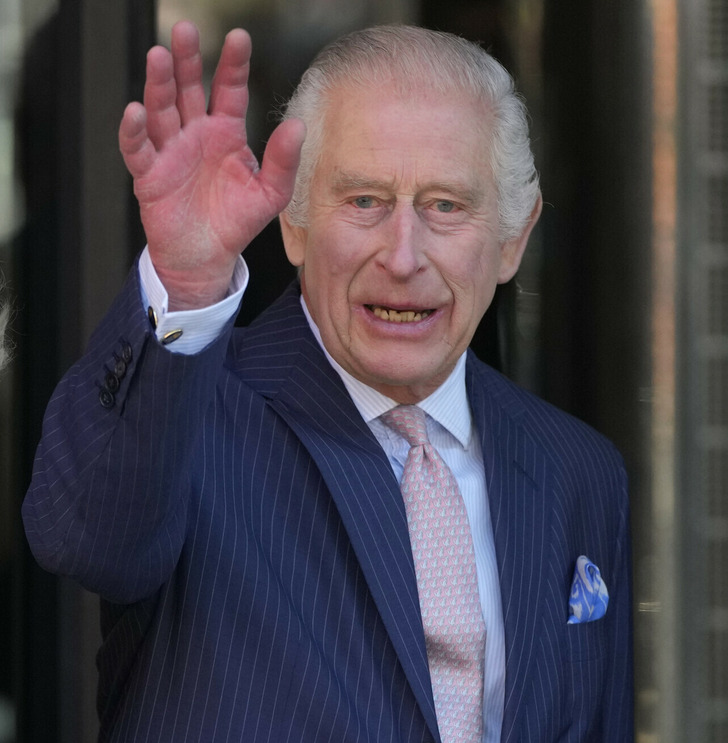
Recently, King Charles III personally unveiled a new portrait of himself at Buckingham Palace, the first such portrait since his coronation. The Royal Family’s Instagram account shared an exclusive video of the unveiling, featuring the king himself presenting the artwork.
This significant new work will ultimately be displayed in Drapers’ Hall in London, adding to its historical art collection and offering the public a glimpse of the monarch’s regal presence.
There was an ongoing debate in the comments.
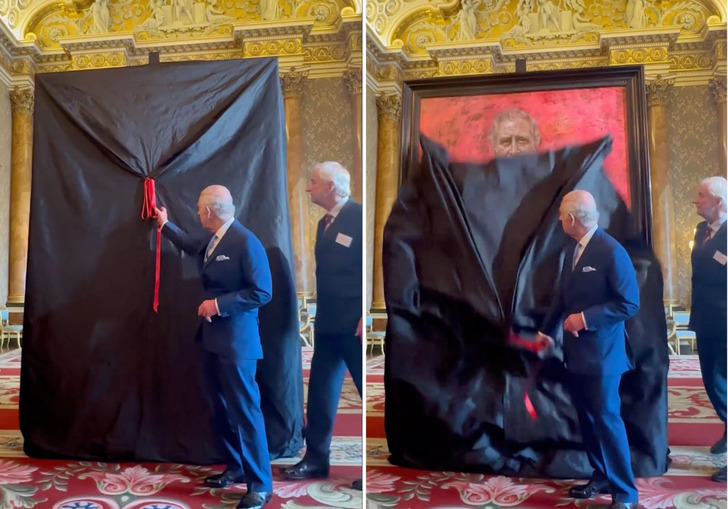
The unveiling sparked a heated debate in the comments section on the Royal Family’s Instagram post and other social media sites. Opinions were sharply divided, with some users harshly criticizing the artwork. Comments ranged from “That is hideous” and “Without sounding rude, this is the worst royal portrait I’ve ever seen” to “100% thought this was satire.”
One critic remarked, “The face is good, the rest is appalling,” while another noted, “I would have loved this if it was any other color than red. He really captured the essence of him in the face, but the harshness of the red doesn’t match the softness of his expression.”
Despite the criticism, there were also voices of appreciation, such as “A lovely portrait of King Charles! I love the way the muted background draws attention to his face!” The mixed reactions highlight the polarizing nature of the portrait and the strong emotions it has evoked among the public.
The artist
Jonathan Yeo, a prominent figure in the world of figurative painting, has earned widespread acclaim for his unique blend of traditional and experimental portraiture. Yeo’s distinctive approach involves a deep engagement with his subjects, allowing him to capture their essence beyond mere physical appearance.
His recent portrait of King Charles III epitomizes this philosophy. Yeo explained, “As a portrait artist, you get this unique opportunity to spend time with and get to know a subject, so I wanted to minimize the visual distractions and allow people to connect with the human being underneath.”
The meaning of the portrait.
A particularly striking element of Yeo’s portrait is the inclusion of a butterfly. This detail serves multiple purposes, both symbolic and compositional. Yeo elaborated, “Primarily a symbol of the beauty and precariousness of nature, it highlights the environmental causes the King has championed most of his life and certainly long before they became a mainstream conversation.”
The butterfly also provides a visual contrast to the uniform, softening the portrayal and adding layers of meaning. “In the context of art history, a butterfly often symbolizes metamorphosis and rebirth, paralleling the King’s transition from Prince to monarch during the period the portrait was created,” Yeo noted, further emphasizing the transformative phase in King Charles’s life.
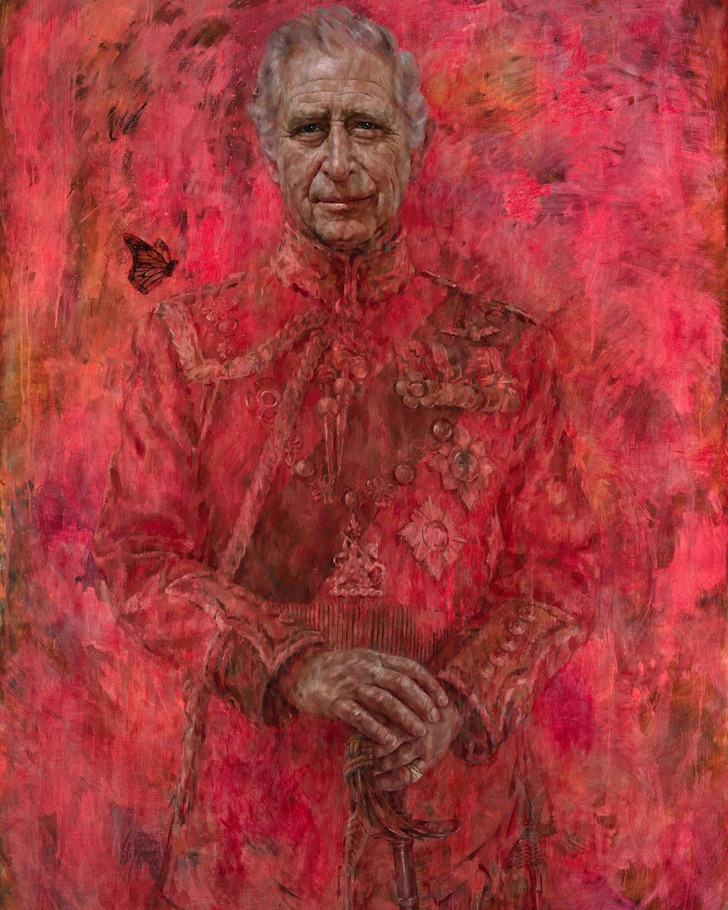
Yeo expressed his gratitude and honor for being commissioned to create such a significant portrait. “It was a privilege and pleasure to have been commissioned by The Drapers’ Company to paint this portrait of His Majesty The King, the first to be unveiled since his Coronation.”
Yeo’s approach to portraiture aims to encapsulate the life experiences and humanity etched into his subjects’ faces. “I do my best to capture the life experiences and humanity etched into any individual sitter’s face, and I hope that is what I have achieved in this portrait,” he explained.
The challenge of portraying a figure as complex and significant as King Charles III was substantial, but one that Yeo found immensely rewarding. “To try and capture that for His Majesty The King, who occupies such a unique role, was both a tremendous professional challenge, and one which I thoroughly enjoyed and am immensely grateful for,” he concluded. The portrait, destined for Drapers’ Hall in London, stands as a testament to both the artist’s skill and the monarch’s enduring legacy.
Discover the lesser-known facets of King Charles III’s life in our compelling article, “8 Things About King Charles III That Will Allow Us to Know Him More Closely.” Dive beyond the regal exterior to uncover intimate details about his passions, personal experiences, and unique quirks.
Preview photo credit Kin Cheung / Associated Press / East News, theroyalfamily / Instagram, jonathanyeo / Instagram
Farmer Finds Pasture Empty, Sees All 32 Dead Cows In One Big Pile
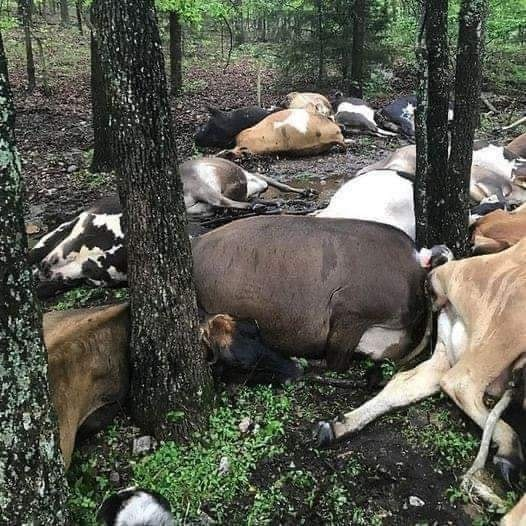
In Missouri, occasional lightning strikes and thunderclaps are to be expected this time of year.
The area has suffered greatly as a result of recent severe weather and flooding.
Springfield farmer Jared Blackwelder and his wife Misty heard loud crashes on a Saturday morning after feeding the dairy cows, but they didn’t give it much attention.
But when Blackwelder went back to the pasture to gather the cows for the nighttime milking, he saw the terrible scene: his thirty-two dairy cows lying dead on the mulch piled on top of one another.

According to Stan Coday, president of the Wright County Missouri Farm Bureau, “he went out to bring the cows in and that’s when he found them,” CBS News reported.It occurs frequently. It does occur. The sheer quantity of animals impacted was what made this situation the worst.
The local veterinarian who performed the examination informed Coday that lightning was, in fact, the reason behind the cows’ deaths.
The cows might have sought cover under the trees in unison as the storm raged overhead.
Coday stated, “You’re at the mercy of mother nature,” and mentioned that he had lost a cow to lightning a few years prior.
Coday said that although farmers are aware of the possibility, suffering such a loss is extremely tough.
They are not like pets at all. However, I’ve raised every one of the ones I’m milking,” Blackwelder said to the Springfield News-Leader.Because you handle dairy cattle twice a day, they are a little different. It gives you a strong knock.
It’s also a financial debacle.
Blackwelder claimed to have insurance, but the News-Leader said he’s not sure if it will pay for his losses.
He estimates that the worth of each certified organic cow is between $2,000 and $2,500, resulting in a nearly $60,000.
“The majority of producers don’t have insurance,” Coday stated.“You lose everything if you lose a cow.”
In response to inquiries from nearby neighbors, Coday, a breeder of beef cows, would like to make it clear that meat from Blackwelder’s animals could not be recovered.
“Those animals are damaged, and when he found them, they had obviously been there for a few hours,” he remarked.An animal must go through a certain procedure in order to be processed. They wouldn’t have been suitable for ingestion by humans.
Because of Missouri’s gentler climate, Coday also pointed out that the majority of farmers in the state do not own a separate cow barn.

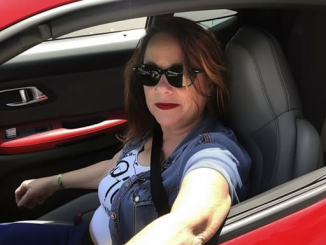
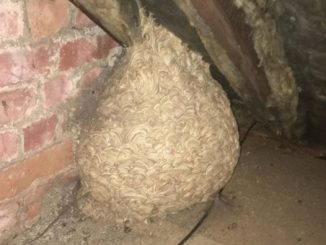
Leave a Reply